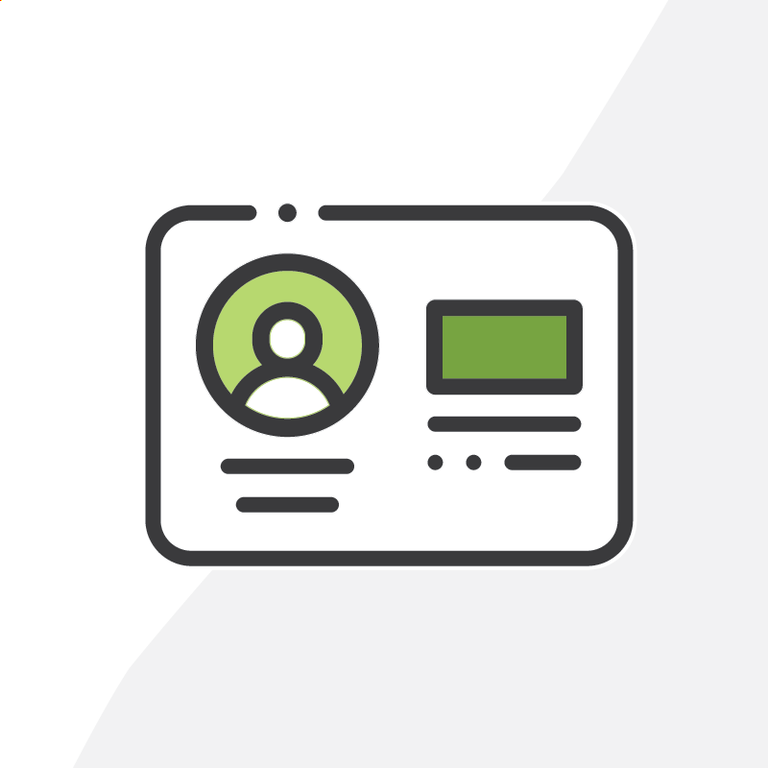
Three Reasons your Nonprofit Needs an App
Once upon a time, I spent a sabbatical working on a small farm in the deserts of Israel. Amidst the rocky hills and annual rainfall between two and twelve inches, this farm grew an abundance of grapes and dates. When I asked a farmer how they managed it, she pointed to their drip irrigation system, which captured the water that ran down the surrounding hills and channeled it to their orchards. She said, “we don’t need much rain, because we let gravity do all the work for us.” Huh. Nonprofits exist within another type of gravity, human behavior. And If you want to emulate the efficiency of that farm, you don’t need rubber tubing, you need an app. Here are three reasons why:
An App is where you create Personalized, Compelling Experiences at Scale
When is the last time you ran a thoughtfully planned event where every moment was customized for each attendee and came reasonably close to executing that to plan?
If you do recall a time that happened, congratulations! You’ve achieved the Nonprofit version of a no-hitter. You should print a photo from that event, frame it, and tell your kids about it someday…except your kids won’t be impressed. Having a perfectly curated experience is already what they expect every time they open Spotify, Audible, or Venmo. Good apps create personalized and compelling experiences that push users to increase their engagement. And we all must meet that standard because all of us, from the smallest nonprofit up to Amazon and Apple, are trying to do the same thing…
We’ve got the same Goal (and Challenge) as Google, Disney, and Uber
There is one underlying goal for every single business and organization since time immemorial: to influence someone’s choices. Those choices include how to spend one’s time, energy, advocacy, and/or (most commonly) money. If you can persuade someone to commit just one of those things to you, you’ve done something significant.
But how do you do that at scale and over time? Habits. Habits. Habits. On a day-to-day level, most choices are defined by our routines. I spend lots of time and money with the New York Times because checking NYT apps is in my routine. I open the news app on my commute, I open the cooking app when planning for dinner, and I open the Crossword app every time I want to procrastinate (and have already done Wordle). NYT has earned its way into my habits, and that’s why they have thousands of touchpoints with me every year, and I never think twice about renewing my subscriptions.
It’s no different for a donor, volunteer, or constituent - creating habits is like the gravity doing all the farmers’ work, and most habits nowadays live in one place - our phones. If you’re trying to change habits without living on your constituents’ phones, you might as well go bowling with a tennis ball. Sure, some pins might fall here and there - but you’re expending way too much energy for far too few results, and that’s just no fun. To make it fun, if not effective, to create new habits, you need more than a persuasive idea. You need communities, because…
We Succeed when we Build Inspired Communities
While some are ready to pop off into the metaverse, most of us want to balance our in-person and our digital lives. Brands that are succeeding right now go beyond balancing the two, and blending them, synergizing digital and IRL journeys to create a complete experience. Apps like Noom, Yelp, and GoodReads foster their audience members’ interests and convert them into IRL choices (nutrition, dining, and reading respectively for those apps), and then offer their app to complete the feedback loop on those choices, and take the next step of their personalized journey.
I offer myself as proof: I use Strava to track my exercise. Since Strava has created a complementary relationship between my jogs in Prospect Park and my in-app experience, my runs are more frequent, my exercise goals are more regularly met, and my progress is better monitored. Strava is cleverly gamified and gives me attractive visual representations of my effort and goals, and rewards me for my incremental accomplishments. Those rewards, and accompanying dopamine sprinkles, are why apps like Strava, Duolingo, and Forest are churning out highly committed, if not obsessive, users.
On top of the tangible benefits and the pull of gamification, effective apps reinforce choices and habits through social strategies. Through mutually ‘following’ other runners, commenting on runs, and hosting group challenges, Strava makes me feel a part of a community. That community is a few dozen runners made up of a mix of close friends, old acquaintances, and new connections I’ve yet to meet in person. The accountability that comes with this peer group (‘dude, haven’t seen you on Strava all week, you taking June off??”) has turned my repeatedly New Years' resolution fails into a lifestyle improvement. These apps nurture passionate communities, and in turn these passionate communities encourage different choices and solidify new habits, the critical factor that turns struggling campaigns into successful movements.
If reading and running apps think this way, then we have to recognize the implication: so must nonprofits, and your digital offerings have to go beyond social media accounts, basic marketing tools, and a CRM. You need an app.
Your supporters’ excitement and attention are the gravity that can make your proverbial desert garden bloom, and the right app will harness it. But are you ready for it? If you put the wagon before the horse, you’ll create more technical debt, and end up further away from where you want to be. In my next post, I will share some questions you should ask yourself before sprinting onto your constituents’ screens.
Would you like to continue the conversation? Reach out to me on LinkedIn, or connect with the Arkus team through our contact form.
